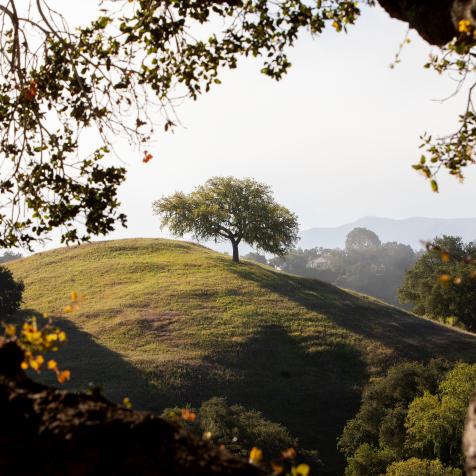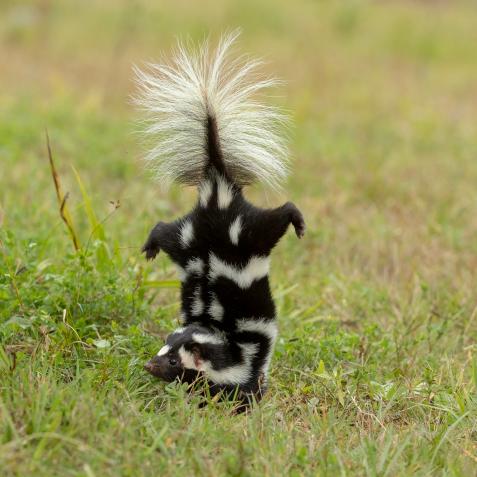
Ian Shive
Finding the Oldest Tree in the World

One of the best aspects of working in California is the immense diversity that exists in the natural world, and how often I am surprised to find some other, new, and magnificent subject matter to photograph! This is exactly the case of the Ancient Bristlecone Pine Forest, located in the White Mountains of Inyo National Forest.
Capturing the location presents a number of challenges. The first challenge is that the location is far from anything. The nearest town with amenities is about an hour, but it’s a winding, slow-moving road, but it can be several hours if you go to the farthest pine grove, known as the Patriarch Grove. The forest is only accessible by one road, which is often closed during the winter months because of snow. Even if you get up there on a dry day, there is no guarantee it will stay that way since the elevation at the peak is around 11,000, feet, which means anything is possible. That’s just what happened to us on the last trip, when warm, clear, sunny skies were in the forecast but the mountains decided to make their own weather and dump several inches of snow on us.

The changing weather does allow for a variety of photographic opportunities, but also means you need to really be prepared to hit the trail. I find working in this area as much of a physical challenge as a creative one, as the high elevation also means a lot less oxygen than sea level. A heavy daypack with lenses and gear (and snacks and water) makes it only that much more challenging. Aside from the challenges of a high elevation, it tends to be very dry, which is also augmented by the elevation, so you need a lot of water to stay properly hydrated. Keep some in the car, too!
Capturing the Ancient Bristlecone Pine Forest 11 Photos
In the Ancient Bristlecone Pine Forest, located in the White Mountains of Inyo National Forest, lives what is likely the oldest tree in the world. Clocking in at nearly 5,000 years old, Methuselah is the tree to find in the forest. Was Ian able to single out this famous tree for NATURE IN FOCUS?
The trees can be found close to the road, but some groves are miles and miles back, so planning your hike is critical to success. I found that having a few days to visit the area is extremely helpful, especially if you don’t want to rush your compositions and take time to enjoy the beauty of the area. How often can you say you visited a place where the trees have been growing on a hillside for as long as 5,000 years? They truly are a marvel.
As always, leave no trace and please respect these incredible living things. It would be a shame if, after so many years of success, they could succumb to vandalism and human impacts on our watch.




















